
How to install Geekbench 4, 5 and 6 on Linux
Last updated on February 19, 2024
If you want to install and run Geekbench 4, 5 or Geekbench 6 on Linux, follow this tutorial. The following instructions can be used on:
- a local computer running any Linux distribution
- a remote Linux server (VPS, shared or dedicated hosting…) with access to the command line
I mostly use Geekbench to compare the performance of small VPS instances running Ubuntu Server.
1. Install Geekbench 4, 5 or Geekbench 6 on Linux
You do not need to run Geekbench as root (or use sudo).
1.1 In your home directory, create a temporary directory and enter it:
cd
mkdir geekbench-tmp
cd geekbench-tmp
1.2 Download the Geekbench 4 or 5 or the latest Geekbench 6 and extract the archives:
wget https://cdn.geekbench.com/Geekbench-4.4.4-Linux.tar.gz
tar -zxvf Geekbench-4.4.4-Linux.tar.gz
wget https://cdn.geekbench.com/Geekbench-5.5.1-Linux.tar.gz
tar -zxvf Geekbench-5.5.1-Linux.tar.gz
wget https://cdn.geekbench.com/Geekbench-6.2.2-Linux.tar.gz
tar -zxvf Geekbench-6.2.2-Linux.tar.gz
2. Run Geekbench 4, 5 and Geekbench 6 on Linux
2.1 Enter Geekbench 4 directory and run it:
cd Geekbench-4.4.4-Linux/
./geekbench_x86_64
2.2 Enter Geekbench 5 directory and run it:
cd Geekbench-5.5.1-Linux/
./geekbench_x86_64
2.3 Enter Geekbench 6 directory and run it:
cd Geekbench-6.2.2-Linux/
./geekbench_x86_64
Once Geekbench has finished running, it will display a link to the results, which could look like this:
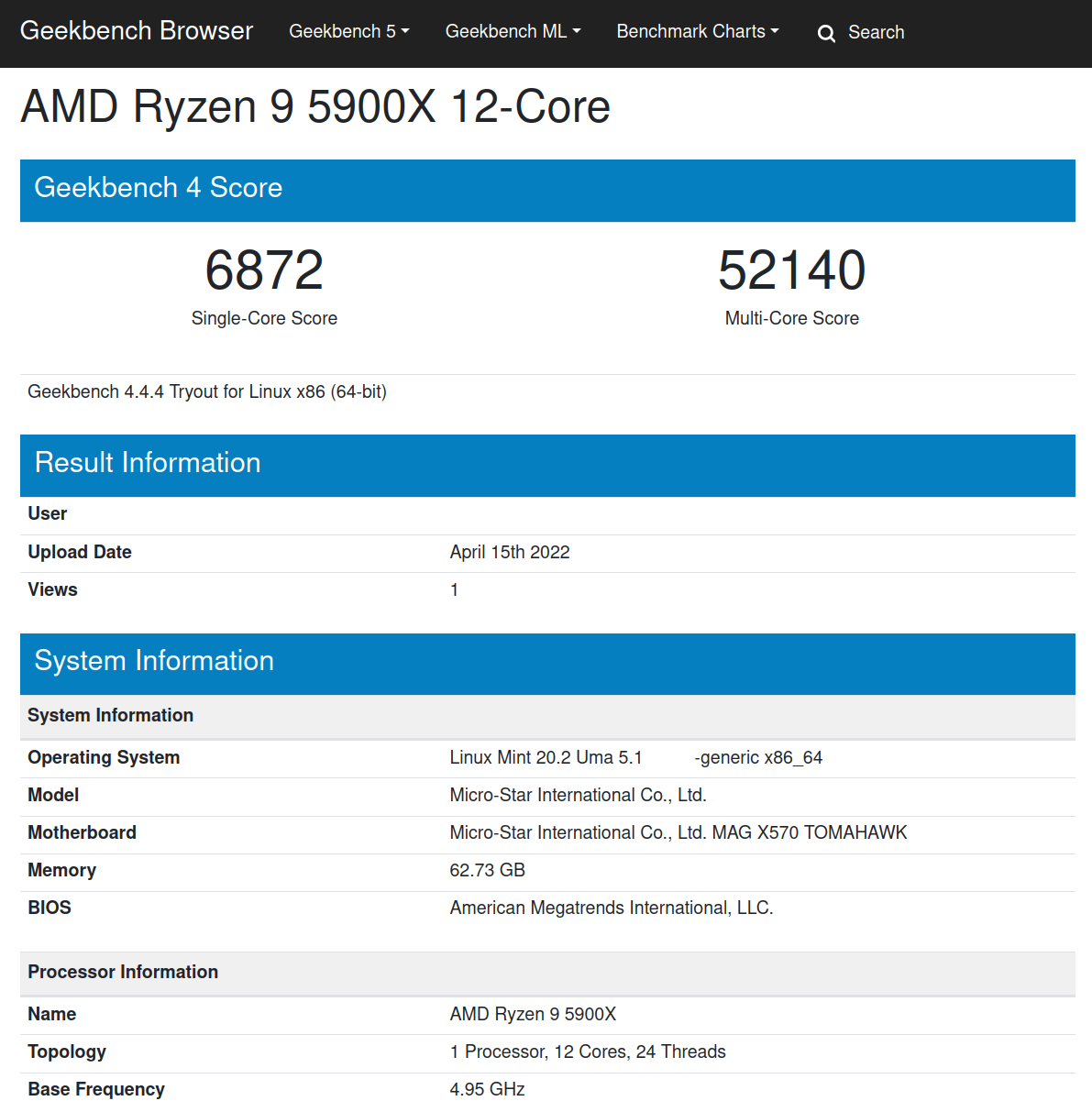
3. Uninstall Geekbench
To uninstall Geekbench on Linux, simply remove the temporary Geekbench directory:
cdrm -r geekbench-tmp
By Johannes Eva, January 2011 – February 2024






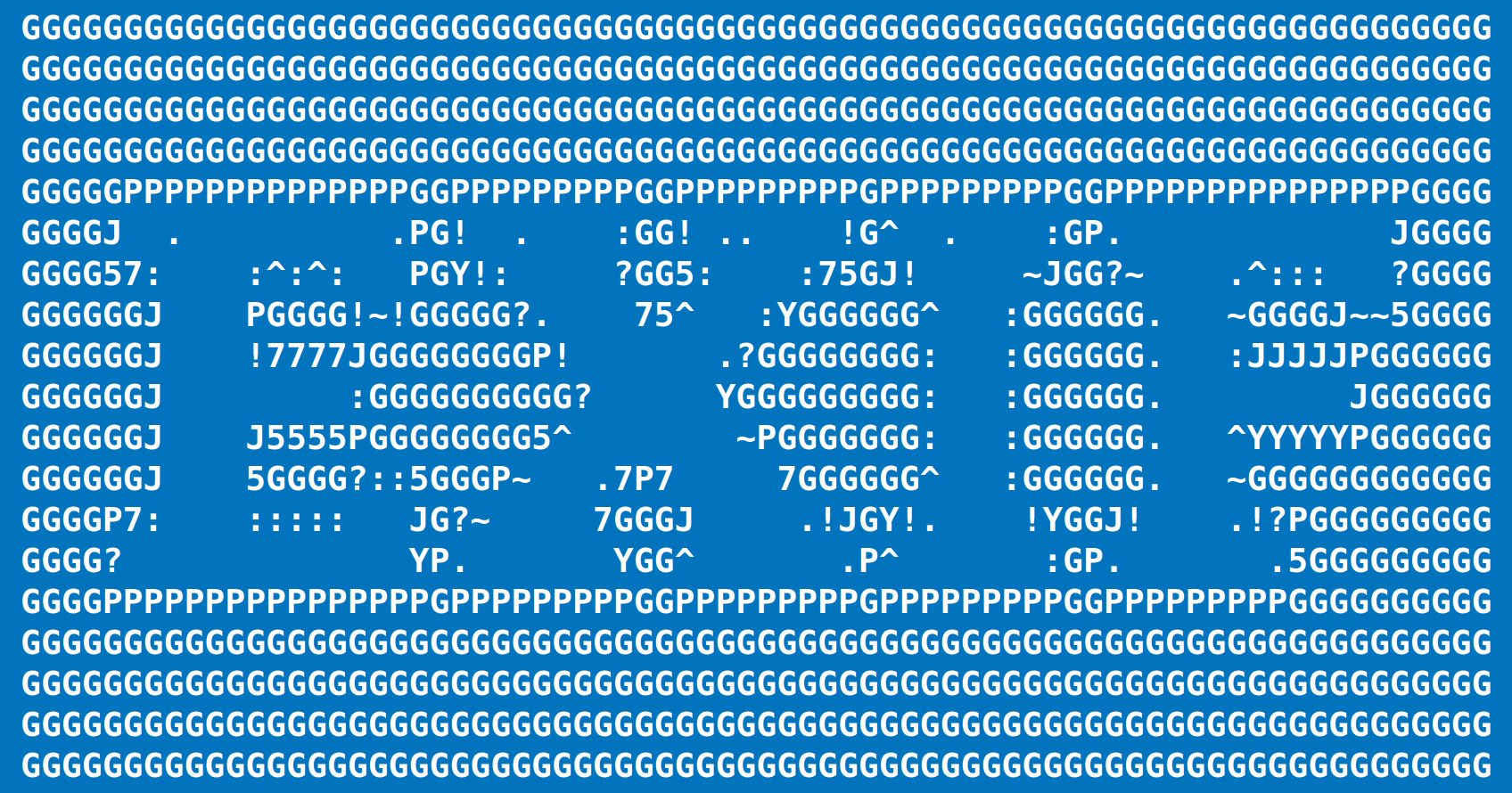

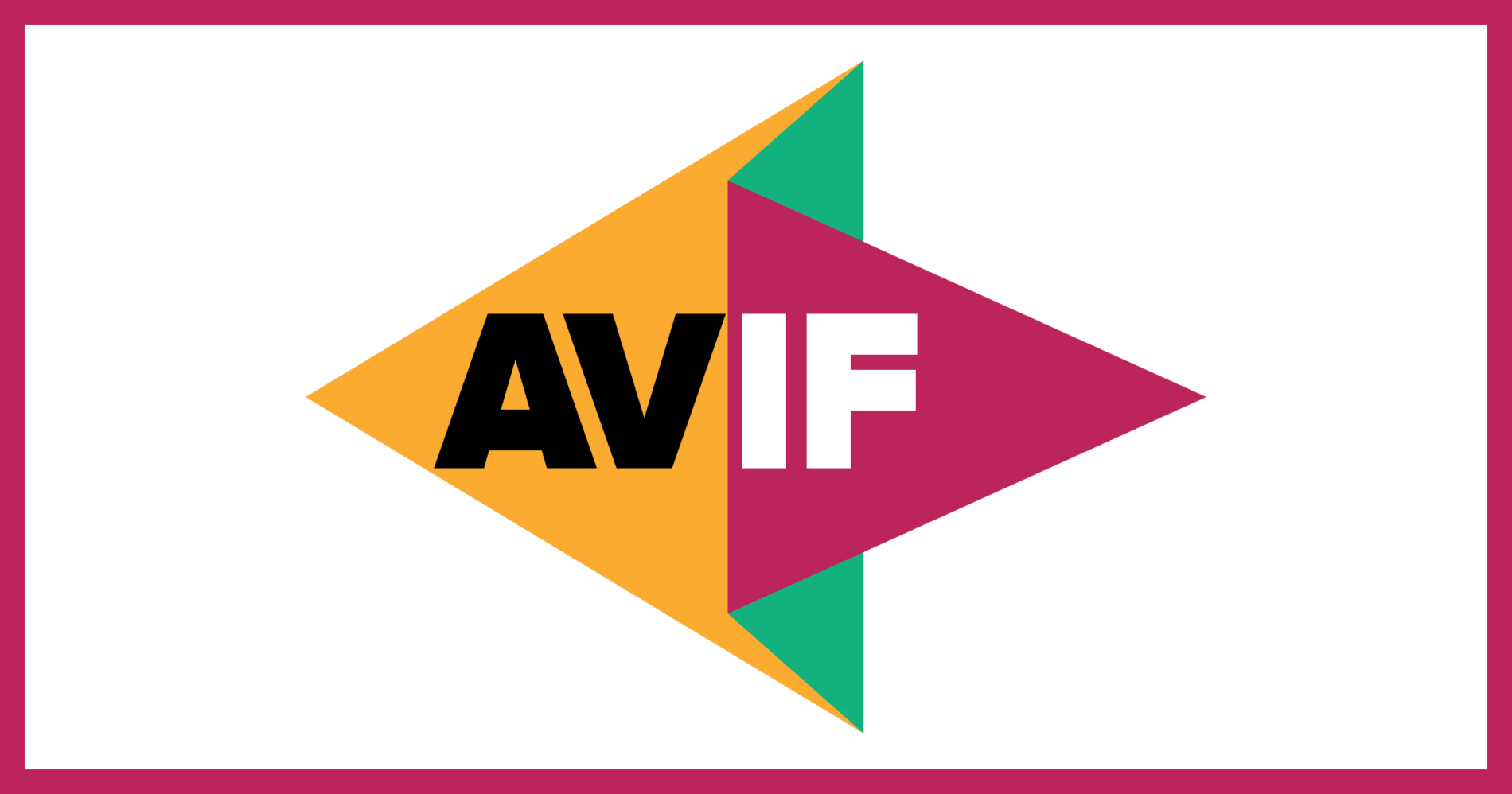
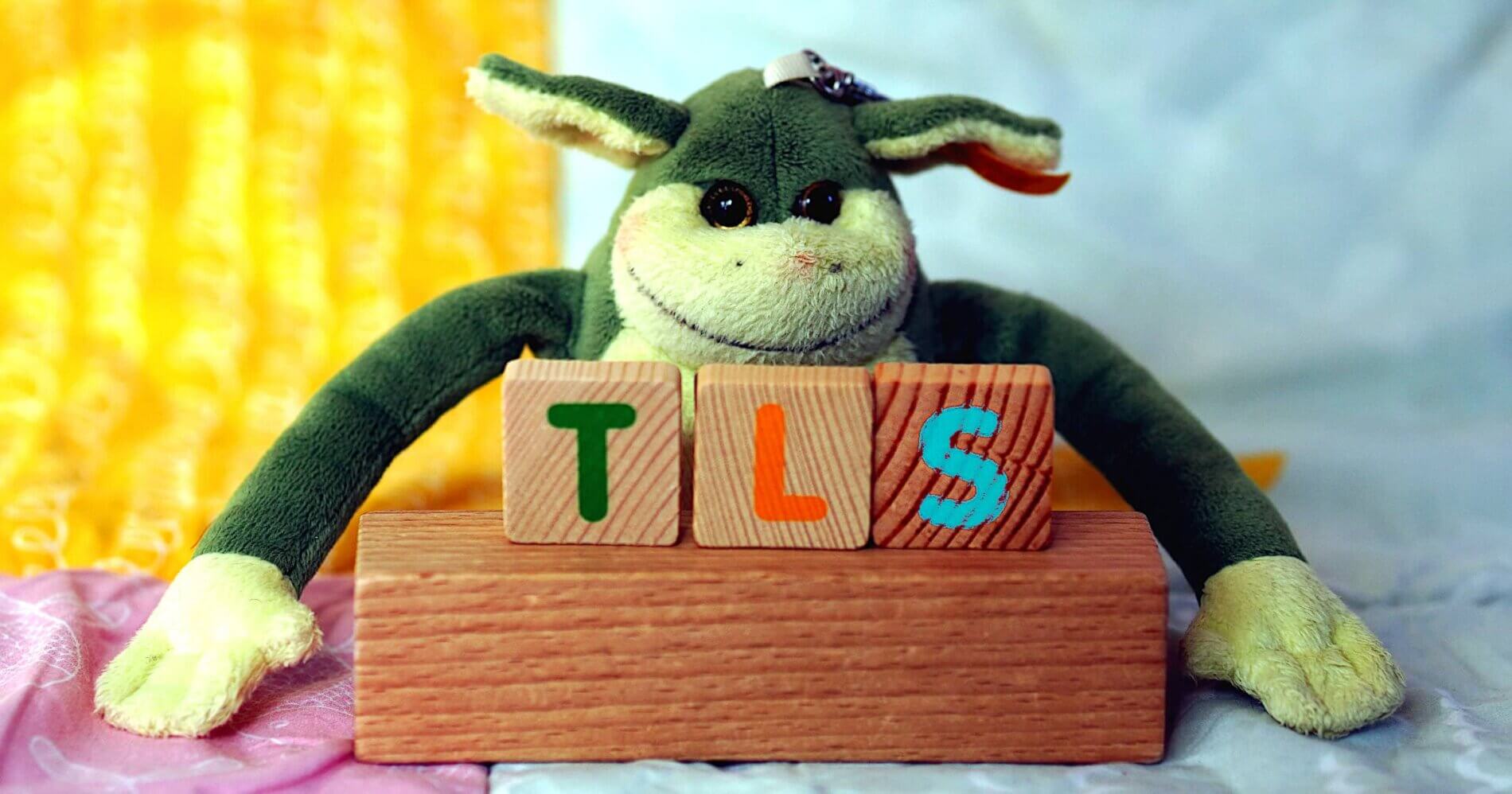
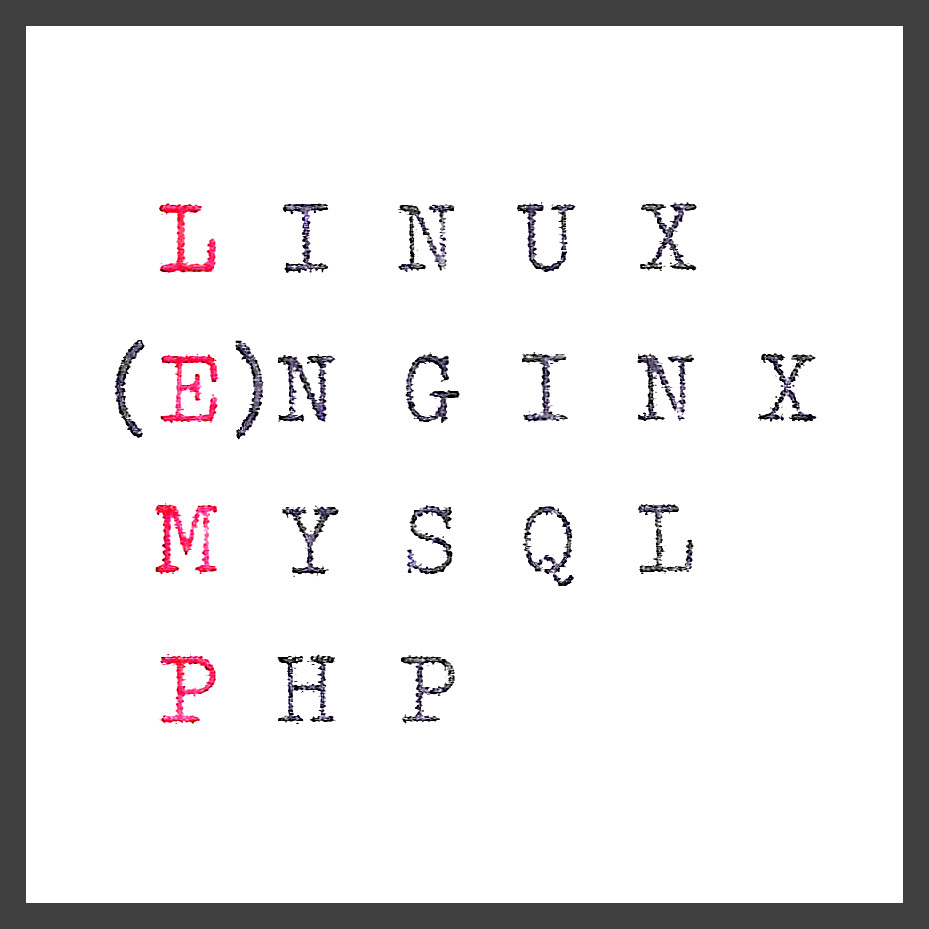
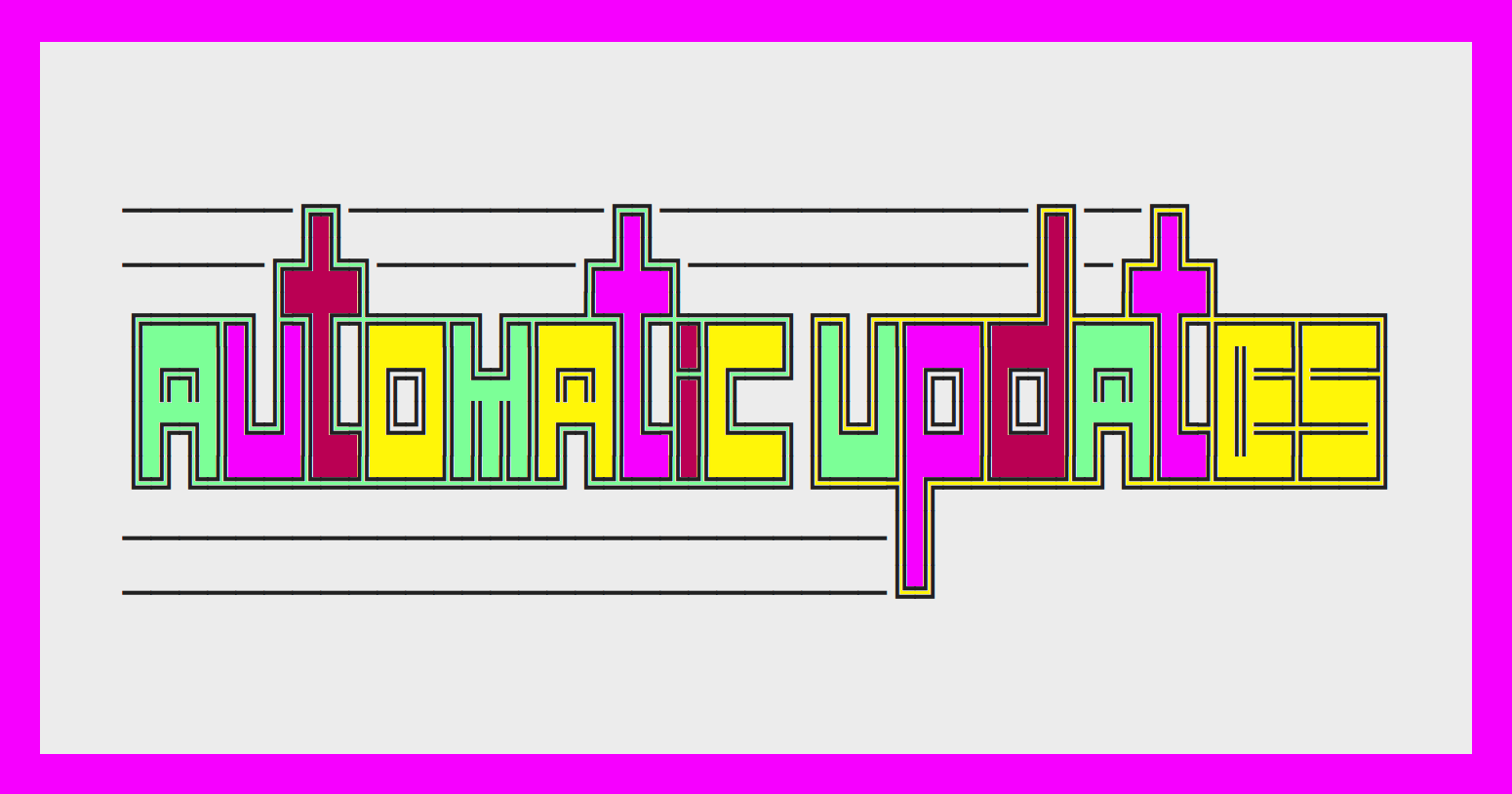
10 thoughts on “AVIF browser test page: AVIF support in Chrome, Firefox, Edge…”
Ezgif even does animated AVIFs:
https://ezgif.com/avif-maker
AVIF is now supported in official Firefox 93:
https://www.mozilla.org/en-US/firefox/93.0/releasenotes/
Could you make a similar page for a JPEG XL test?
Thank you for your interest – a JPEG XL test page would be useful, but I have no time left at the moment. Hopefully at some time in 2022 🙂
The following plugin, coupled with the functions.php code mentioned in the post, will allow AVIF images to be uploaded via the Media Library.
https://wordpress.org/plugins/blob-mimes/
Sadly your site need javascript enable for the test avif vs jpeg. If noscript bloc everything, this page say that AVIF is not supported and display JPEG fallback.
In JS dependences there is also google-analytics that is not fair play for a libre-software website :(.
Thank you for your article anyway.
Actually, AVIF/JPEG fallback using the element is pure HTML and does not need Javascript, even on this site. And you’re right, I really should switch from GA to Matomo, it’s a matter of time. Cheers!
Nice article. Love how you included a detailed tutorial for WordPress. I have created a UX optimized converter that support bulk conversion, without the need of uploading files. You can find it on: https://avif.io/
The next update will include a settings panel on which you can edit the quality, effort and exif data.
Feel free to add it to the converter list if you feel like it’s a great addition. Sincerely, Justin
MConverter can convert most image formats to AVIF: https://mconverter.eu/convert/to/avif/
Another nice thing is that it supports batch converting of multiple files at the same time. For the compression it uses a CRF of 10, so the converted images look basically identical.
No option for android
I found this it really helped me and it support batch conversion please add it to the list:
https://play.google.com/store/apps/details?id=ebusky.avif.image.viewer.converter.pdf